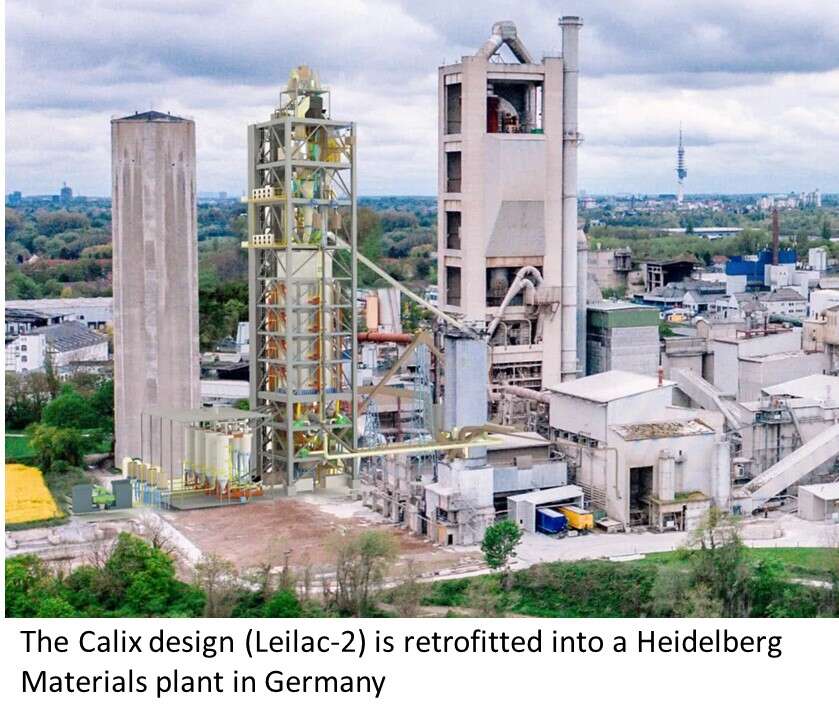Important first steps in mitigating the current and future effects of climate change are moving to net-zero greenhouse gas (GHG) emissions. But assuming we don’t wish to wait around for a millennium or two for Mother Nature to clear all of the human-caused GHG from our atmosphere, they are not enough. We also need to actively remove GHG from our biosphere.
This post is about one of the “Important first steps…” Making cement causes as much as 8% of global GHG emissions, and there aren’t yet any economical technologies capable of significantly reducing the product’s carbon footprint.
The cement industry also enjoys laxer regulations on emissions compared with, say, power plants. Greatly reduced cost for wind and photovoltaic and other renewable power plus declining cost for battery energy storage puts pressure on fossil-fueled generation, and zero-carbon power will eventually displace them. There aren’t yet cleaner alternatives to cement, which remains vital to the economic growth of a country, and thus the industry doesn’t feel under pressure to innovate.
Fortunately, Breakthrough Energy Ventures (BEV), a multi-billion-dollar fund has invested in over 100 climate startups, including companies that produce low-carbon cement, and thus low carbon concrete.





